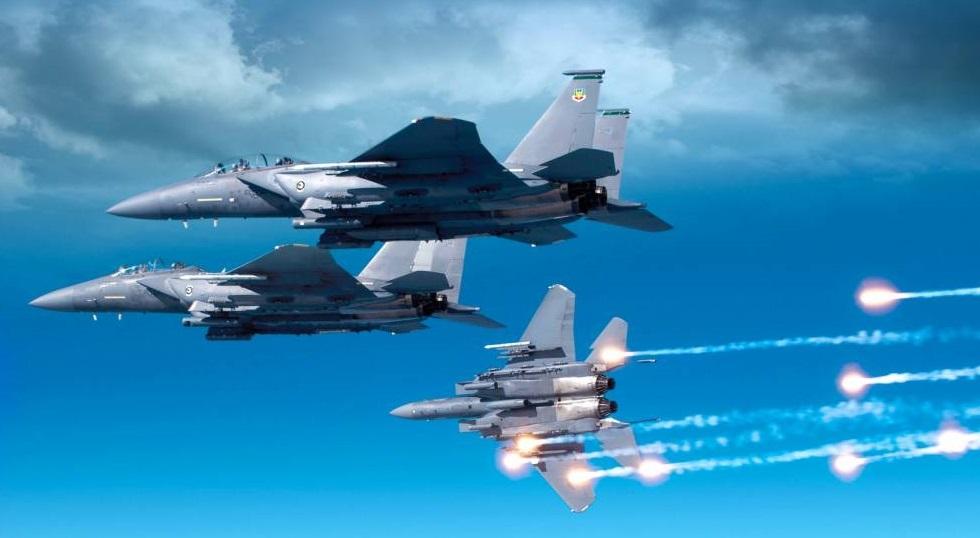The U.S. Air Force F-15 Eagle Passive/Active Warning and Survivability System (EPAWSS) program achieved a major milestone on July 19, 2022, when Boeing began installing the Electronic Warfare (EW) system on operational F-15E aircraft at its San Antonio facility. F-15 EPAWSS replaces an analog, federated system with a next-generation, digital, fully-integrated EW suite that enables the F-15 to operate in a modern threat environment with dense radio-frequency backgrounds. The updated EW system improves pilot situational awareness with the capability to autonomously detect, identify, and locate threat systems, and then deny, degrade, and disrupt those threats. Boeing manufactures the F-15 and serves as the integrator for the program, and BAE Systems is producing the advanced EW hardware. In an effort to field F-15 EPAWSS approximately 16-months earlier than a traditional acquisition approach, the program tailored its Milestone C – typically a single Production and Deployment Decision – into two separate decision points. The program achieved the first decision point in December 2020, formally entering into the Low-Rate Initial-Production Phase while continuing developmental hardware qualification, software integration, and test activities.

“This milestone is the culmination of many years of extremely hard work by a lot of great people within the government and our Boeing & BAE Systems industry partners. This system will provide a critical capability for F-15 aircrew, Air Combat Command, and the Nation… well into the 21st century,” said U.S. Air Force Lt. Col. Dan Carroll, the F-15 EPAWSS program manager.
“I’m proud of the entire team for their commitment, drive, and hard work on this program. EPAWSS will significantly improve the survivability and utility of the F-15E and EX and will be a great compliment to what is already a very capable and lethal aircraft,” said Brig. Gen. Dale White, Program Executive Officer for the Air Force Life Cycle Management Center’s Fighters and Advanced Aircraft Directorate, which is leading the effort to field the new system.
“EPAWSS helps us do all that. It increases the aircrew’s situational awareness, it helps them understand when they are being targeted by a radar system, and it provides them with advanced techniques to counter modern integrated air defense systems. Simply put, EPAWSS is a game-changer,” said Col. Matthew “Pauly Schorr, Assistant Deputy Director of Air Combat Command’s Plans, Programs & Requirements Directorate.

In 2021 and 2022, the program team delivered six iterations of mission system software, conducted 12 major ground test events, participated in three open air range events/exercises, and flew 1,521 hours in flight test, all while standing up the modification line in San Antonio and building up sustainment capabilities. In addition to maturing system performance, over the past 18 months the combined government-industry program team completed final development and qualification of the EW hardware, ensuring the system meets reliability and maintainability metrics, laying the foundation for long-term system sustainment. As a result, on June 23, 2022, Andrew Hunter, Assistant Secretary of the Air Force for Acquisition, Technology and Logistics, approved the second decision point allowing the program to enter into the Deployment Phase and install the EW hardware on up to 43 F-15E aircraft. Several members of Air Combat Command attended an event on July 21, 2022 to celebrate the occasion. Boeing previously installed EPAWSS hardware on eight developmental test F-15 aircraft and is currently installing the system on the new F-15EX aircraft at its production facility in St. Louis, Mo.
















